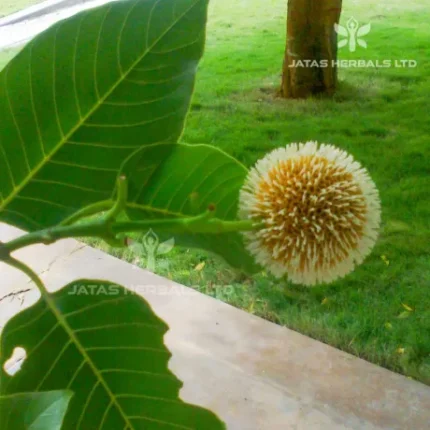Though it is not described in the Brihat Trayi texts, nighantus have mentioned it as a potent herb for fracture healing. Kaiyadeva, Bhavamishra etc., have quoted it in their works.
Note– There are two other varieties noticed by the author (botanical source may be same). One will be very thin and possess two stem surfaces and the other one is quadrangular but very slim compared to original plant.
Botancial Description – – It is fleshy perennial climber with quadrangular stem. Its flowers are deep violet coloured and found almost all the parts of India.
Major Chemical Constituents– Some triterpenoids, traaxerol, sitosterol etc.
Part Used– Stem
Dosage– Fresh juice 10-20 ml; Paste 5-10 g
Research–
(1) Aqueous extract showed acetylcholine like activity on isolated ileum of rabbit and rat, uterus of rat, dog tracheal muscle and ileum in situ of dog. The responses on dog B.P. were anologous to muscarinic and nicotinic actions of acetylcholine (I.J.M.R.; 1964, 52, 63).
(2) A glucoside from plant showed negative chronotropic effect on myocardium. It was surface-acting and its effect was surmounted with excess of calcium ion (Ind. J. Med. Sci. 1971, 25, 400).
(3) Plant extract injected in dogs markedly hastened rate of healing in artificially produced fracture of femur (I.J.M.R; 1976, 64, 1365).




Reviews
There are no reviews yet.